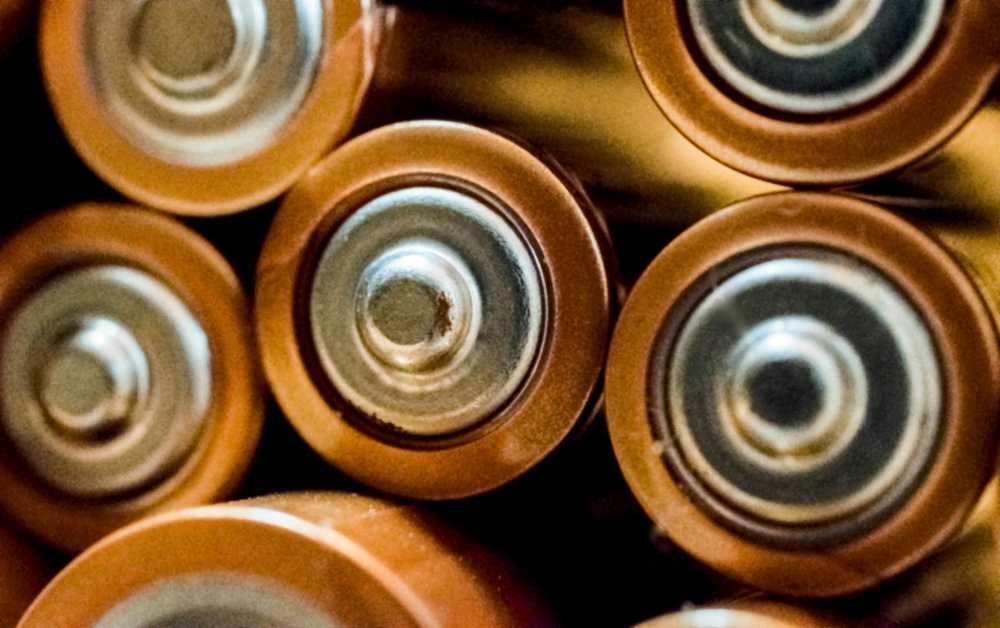The new Battery Regulation (EU) 2023/1542 entered into force in February 2024 and brings significant changes for manufacturers and distributors of batteries within the EU. The regulation aims to improve the safety, sustainability, and management of batteries by introducing strict CE marking requirements and other provisions.
What does the Battery Regulation entail?
The new regulation requires that all batteries covered by the regulation must be CE marked before being placed on the EU market. The CE marking demonstrates that the product complies with the safety, health, and environmental requirements set out in EU legislation.
Let’s go through some key points in Battery Regulation (EU) 2023/1542:
CE marking – mandatory from August 2024
Starting 18 August 2024, CE marking is mandatory for batteries. This means manufacturers must ensure their products comply with the regulation’s requirements before they are placed on the market.
Note that products already on the market before this date do not need to be CE marked.
Safety requirements – only for specific battery types
The regulation includes specific safety requirements for:
Batteries for light means of transport (e.g., e-bikes and e-scooters)
Electric vehicle batteries
Rechargeable industrial batteries above 2 kWh
Stationary energy storage systems
Other battery types are not subject to specific safety requirements under the Battery Regulation, but that does not mean they can be sold without being safe. For example, the GPSR (General Product Safety Regulation, EU 2023/988) requires all consumer products sold in the EU to be safe to use. This means that even batteries not explicitly covered by the regulation’s safety requirements must still be tested and comply with general safety rules.
Sustainability and recycling
The regulation sets requirements for batteries to be sustainable, recyclable, and contain minimal hazardous substances. Manufacturers must:
Ensure efficient recycling – Batteries must be designed for sustainable material recovery.
Limit hazardous substances – Batteries must not contain restricted substances as defined in REACH (EU) 1907/2006 Annex XVII and Annex I of the Battery Regulation.
Meet recycled content thresholds – Certain batteries must include a minimum proportion of recycled materials from previously collected batteries.
Document environmental impact – Manufacturers must demonstrate compliance using lifecycle assessments and traceability systems.
QR codes and battery passport
To increase transparency and traceability, the regulation introduces QR code and battery passport requirements for certain batteries:
QR Code: From 18 August 2026, all batteries must feature a QR code providing quick access to critical information such as technical specifications, safety instructions, and recycling requirements.
Battery Passport: From 18 February 2027, rechargeable industrial batteries above 2 kWh, light transport batteries, and EV batteries must include a digital battery passport. This contains data on battery composition, recycling potential, and carbon footprint.
These two requirements are part of a broader move toward digital product passports, which may eventually cover more product categories in the EU. The aim is to enable a platform for tracing product sustainability, material content, and recyclability throughout their lifecycle — in line with the EU’s circular economy goals.
How can companies prepare?
To ensure compliance with the new regulation, companies should take the following actions:
Review and update product specifications:
Ensure all batteries meet new requirements regarding labeling, restricted substances, and more. This may involve adjusting production processes or materials.Carry out CE marking:
Make sure all batteries undergo the necessary testing and carry the CE mark.Implement documentation and traceability systems:
Set up systems to manage technical documentation and trace batteries throughout their lifecycle.Train your staff:
Make sure relevant employees are aware of the new rules and know how they affect your business. This may include internal training and process updates to ensure compliance.
Frequently asked questions about the Battery Regulation (FAQ)
Q: Should the Battery Regulation be listed on my product’s EU Declaration of Conformity?
A: In most cases, no. If a product contains batteries, the battery itself must comply and have its own Declaration of Conformity. In such cases, the final product (e.g., an IoT device) does not need to list the battery regulation separately.
Q: I assemble a battery pack using CE-marked cells. Does the pack need to be CE marked too?
A: Yes, it does. A battery pack is covered by the regulation, and even if the cells are already CE marked, the finished product must also carry CE marking. In this case, the Battery Regulation must be referenced in the Declaration of Conformity RoHS is also likely applicable.
Summary
The new Battery Regulation (EU) 2023/1542 introduces stricter requirements for sustainability, CE marking, and traceability. While safety requirements apply only to certain battery types, all batteries must still meet general product safety requirements. Businesses should act now to ensure compliance and avoid future issues.
Do you have questions or need help ensuring your batteries meet the new requirements? Contact us for expert guidance and full support to help your company stay compliant and future-ready.





